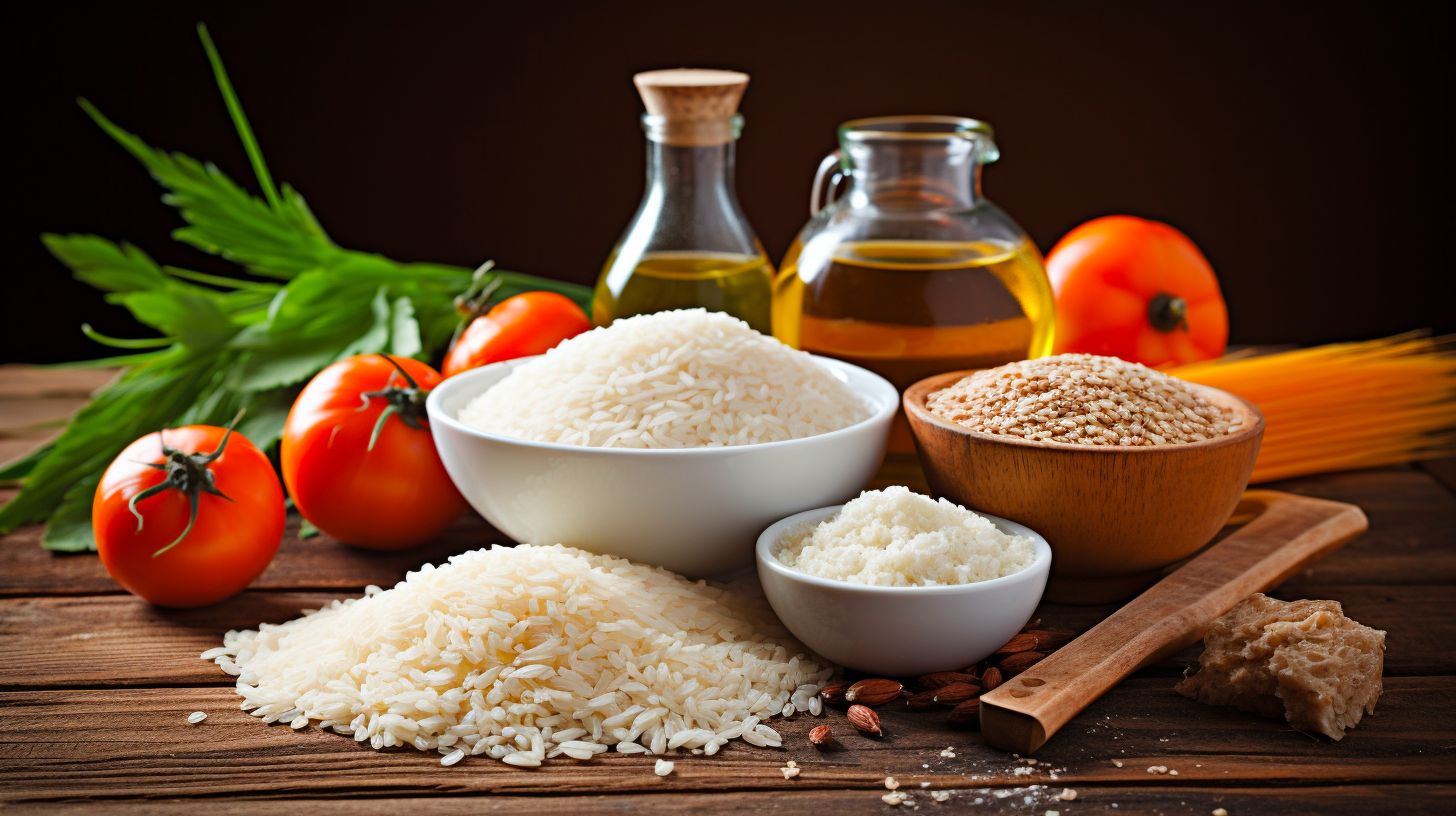Who are South Asians?
South Asians are people living or having migrated from South Asia. It is a notable subregion within Asia, encompassing the vast Indo-Gangetic Plain and the Indian Peninsula. Equally notable are their most famous myths
It comprises several countries: Bangladesh, Bhutan, India, Pakistan, Nepal, and Sri Lanka. Afghanistan and the Maldives are sometimes included as part of South Asia.
It’s worth noting that the term “South Asia” is often used interchangeably with “Indian subcontinent.” However, the latter term may be used more narrowly to refer to Bangladesh, India, and Pakistan.
This diverse region holds significant cultural, geographical, and historical importance.
What does it mean to have a South Asian Background?
Let’s focus on individuals from the Indian subcontinent residing in the UK, specifically India, Pakistan, Bangladesh, and Sri Lanka. Within this South Asian group, there are varying levels of increased health risks of some conditions.
.
These differences in risk highlight the importance of tailored healthcare and awareness within this diverse community.
What are some of the health vulnerabilities of South Asians?
When we look at various ethnic groups, South Asians, including individuals from countries like India, Pakistan, Bangladesh, Sri Lanka, Bhutan, Maldives, and Nepal, face a heightened risk of several medical conditions, notably heart disease and diabetes.
The highest risk of heart and diabetes risk in south asians are observed among the Bangladeshi population, followed by Pakistanis, Indians, and Sri Lankans. It’s worth noting that even Sri Lankans may face a higher health risk than individuals of white Caucasian descent
So, why are these conditions particularly prevalent among South Asians? It’s often a blend of genetics and lifestyle that plays a role. The good news is that you can take measures to lower your risk.
It includes adopting a well-balanced diet, incorporating regular exercise into your routine, and engaging in preventive measures like mindfulness and stress reduction techniques. By making these lifestyle choices, you can work towards a healthier future.
Is it fair to blame the traditional South Asian diet?
In South Asian culture, family gatherings often feature grazing opportunities. While elements of the South Asian diet, like lentils, vegetables, and oily fish, are nutritious, there’s a traditional penchant for frying foods, sweets leading to higher calorie content and potential weight gain.
Traditional fats, such as ghee, are rich in saturated fat, linked to elevated cholesterol levels. Excessive salt intake is also prevalent, with long-term effects on high blood pressure.
Some South Asian snacks, like samosas (deep-fried pastries), are notably unhealthy. Social gatherings make it easy to overindulge without realizing the calorie intake, and declining food can be culturally sensitive.
It’s vital not to eliminate any foods. Instead, recognize ‘luxury’ items to consume sparingly and differentiate them from healthier options.
Consume the latter regularly. Dietary changes should follow mindful choices regarding portion sizes and preparation methods.
Let’s debunk 20 common South Asian Myths
1. Myth: Ghee is unhealthy.
- Fact: Ghee can be part of a healthy diet when consumed in moderation.
2. Myth: Shaving hair causes it to grow back thicker.
- Fact: Shaving doesn’t affect hair thickness or growth rate.
3. Myth: Skinny is healthy!
- Fact: Focusing on nutritious eating and staying active for overall health is more important than striving to be extremely skinny.
4. Myth: Rice makes you fat.
- Fact: The consumption of white rice should be in moderation. Brown rice is often a healthier option with more nutrients as it is usually less processed but has similar calories
5. Myth: Coconut oil is bad for your heart.
- Fact: Coconut oil, when consumed moderately, contains healthy fats.
6. Myth: Starving a fever, feeding a cold.
- Fact: Your body needs proper nutrition to fight off illnesses, whether it’s a cold or a fever. You can try light meals like soups if you have a low appetite
7. Myth: Homeopathic or natural remedies are always safe and effective.
- Fact: Not all natural remedies are proven effective, and some may be harmful like taking supplements without research
8. Myth: Cracking knuckles leads to arthritis.
- Fact: There’s no scientific evidence to support this claim.
9. Myth: Milk should not be consumed with fish.
- Fact: No scientific evidence supports the idea that combining milk and fish is harmful.
10. Myth: Sitting too close to the TV ruins your eyesight.
- Fact: It may cause eye strain but won’t permanently damage eyesight.
11. Myth: Consuming carrots improves night vision.
- Fact: Carrots are rich in Vitamin A but don’t grant night vision. They are part of a healthy diet.
12. Myth: Eating sugar causes diabetes.
- Fact: Consuming too much sugar can cause obesity. It becomes a known risk factor for type 2 diabetes. Sugar in moderation and in healthy amounts won’t cause diabetes.
13. Myth: Drinking milk makes your skin fair.
- Fact: Drinking milk doesn’t change skin color. Skin color is part of your genetics.
14. Myth: Eating eggs raises cholesterol levels.
Fact: Eggs’ impact on cholesterol varies between individuals, and dietary cholesterol doesn’t always affect blood cholesterol significantly as your body also produces cholesterol. Some people are more sensitive to dietary cholesterol as part of their diet than others – this means when you eat foods containing cholesterol e.g eggs your response will be different and unique to you 15. Myth: You should drink 8 glasses of water a day.
- Fact: Daily water needs vary; it depends on factors like environment and health conditions, age and gender.
16. Myth: Reading in low light damages your eyes.
- Fact: It may strain your eyes but won’t cause permanent damage.
17. Myth: Eating papaya during pregnancy can cause miscarriage.
- Fact: While unripe papaya may contain latex that could trigger uterine contractions, ripe papaya is generally safe for pregnant women. Be aware the studies were done on rats so it’s hard to draw robust conclusions as more studies on humans would be needed but it’s hard to test this on pregnant women due to ethics.
18. Myth: Consuming almonds improves your memory.
- Fact: Almonds are nutritious but don’t have substantial memory-enhancing effects.
19. Myth: Eating ice cream or cold foods causes a cold.Fact: Colds are caused by viruses, not food temperature.
How do South Asians fare when it comes to exercise?
Research indicates that South Asians, particularly women, tend to engage in less physical activity. It depends on various factors, including religious beliefs that may discourage mixed-gender gym attendance or swimming.
To promote a healthier lifestyle, South Asian women must get comfortable with exercise. They can do this from home, with friends or in group classes – whatever suits them. Activities like walking, or if preferred participating in single-sex exercise classes.
It’s worth noting that the issue of insufficient physical activity isn’t unique to the South Asian population in the UK. Many individuals need help to meet recommended activity targets.
Be inventive when it comes to physical activity. Getting off the bus at a stop earlier or taking a walk during lunch breaks is an effective way to achieve the goal of at least 150 minutes of activity per week.
How physically active are South Asians in the United Kingdom?
A study revealed that South Asian ethnic groups in the UK exhibit lower physical activity levels than the general population. Furthermore, their patterns of physical activity differ significantly. These lower activity levels among South Asian groups may contribute to their elevated risk of diabetes and coronary heart disease (CHD).
Some other factors that increase the fatality rate among South Asians
In economically challenged areas where many South Asian communities reside, the risk of developing Coronary Heart Disease (CHD) is elevated due to limited access to healthier foods and lower incomes.
High CHD mortality rates are notably found in deprived pockets of Bangladeshi communities in east London. Compared to the white British population, Bangladeshi communities in the UK report issues like poor oral health, part-time employment, and overcrowded living conditions.
Furthermore, cigarette and tobacco chewing rates are higher among Bangladeshi communities, and flavoured shisha use is a concern, especially among younger individuals.
The question arises: Does this heightened risk apply to UK-born and raised individuals of South Asian background? Evidence suggests that risk factors for CHD are often more prevalent in young South Asians than in their white European counterparts. Health risks involve a complex range of factors like diet, exercise culture factors. Even if you are born in the UK but your cultural heritage is south asian you are likely to be exposed to similar risk factors like diet, living conditions etc.
Conclusion
Understanding the unique health challenges faced by South Asian communities is crucial. These challenges arise from various factors, including genetics, lifestyle, and socio-economic conditions.
But here’s the positive part: raising awareness and making small lifestyle changes can significantly reduce these health risks. Whether adopting a balanced diet, integrating regular physical activity, or being mindful of cultural practices, we can take steps towards a healthier future. Small changes usually last longer than big drastic changes.
It’s about making informed choices about what we consume and how we live. Let’s encourage each other and support South Asian communities’ journey toward better health.
Together, we can take Action!
To see my YouTube Video Channel and get more health tips, click on the link: https://www.youtube.com/@TheTravellingDoc
References
https://www.britannica.com/place/South-Asia
https://www.bhf.org.uk/informationsupport/heart-matters-magazine/medical/south-asian-background
https://www.sutterhealth.org/health/south-asian/risks/health-risk-factors
https://pubmed.ncbi.nlm.nih.gov/15454592/#:~:text=Conclusion%3A%20Levels%20of%20physical%20activity,issues%20of%20cross%2Dcultural%20equivalence.
Disclaimer: The Content on this channel is for educational purposes and not intended to be a substitute for professional medical advice, diagnosis, or treatment. Always get advice from your doctor if you are worried or have symptoms.



1 Comment